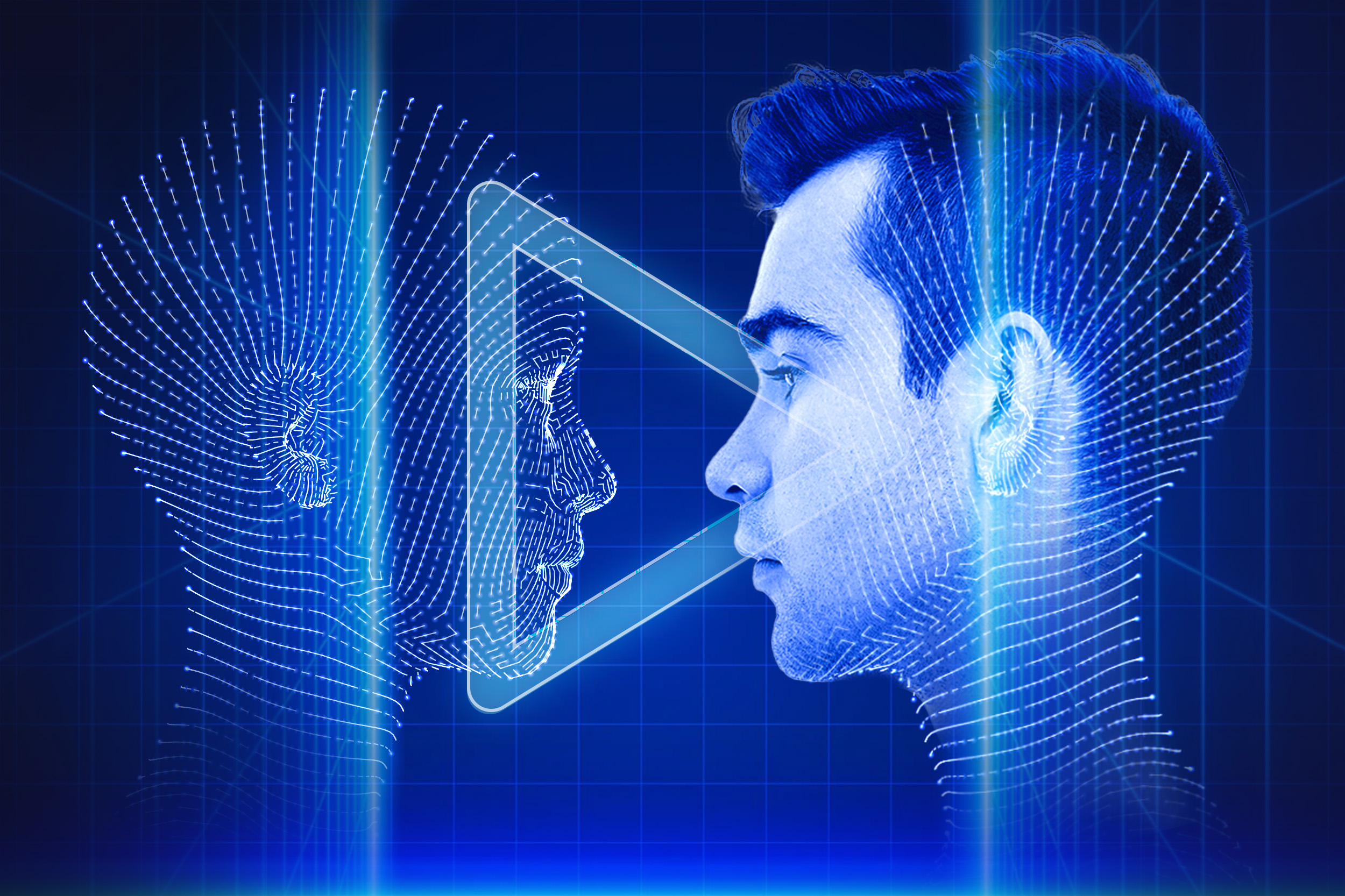

Deepfakes, Elon, and the Future of Celebrity Endorsement
Veteran digital strategist and visual storyteller, Kris LeBoutillier, takes a deep dive into the murky world of… deepfakes.

Written by Kris LeBoutillier | Graphics by Yusak Prahadi
We see Tesla CEO and Twitter owner Elon Musk, tied up with heavy rope in a dank basement. His voice sounds authentic, his face looks like Elon. And it sounds like he’s promoting a short-term investment strategy in rental properties? Is he being coerced? Is this a hostage video?
In another YouTube video, we see tuxedo-clad actor Bruce Willis tied up on a yacht trying to defuse a bomb. When was this filmed? Is it a clip from one of his Die Hard movies? What is MegaFon and why don’t we remember this performance?
In July of 1969, didn’t the Apollo 11 astronauts return to earth alive? Wasn’t landing on the moon one of mankind’s greatest achievements? Yet, there is a video of President Richard Nixon saying that the Apollo 11 astronauts died on the moon and will be known forever by a grateful nation. Did we misread history?
In fact, Musk isn’t tied to a chair, Willis never filmed that scene on the yacht, and Nixon never addressed the nation about the dead Apollo astronauts. The deceptive videos are the work of artificial intelligence (AI) programming, crafty video production teams, and special effects apps used to create what has become known as ‘deepfakes’.
As AI technology advances, so does the quality of deepfakes, to the point that the fake is almost indiscernible from real life. Without disclaimers attached to the ads (…this isn’t really Elon Musk), it would be hard to tell if the celebrity is actually endorsing the product or company. Can’t afford Bruce Willis for your Russian telecommunication company ad campaign? No problem, just recreate him in a deepfake application.
Easier Than You Think
The applications to create deepfakes—a portmanteau of “deep learning” and “fake”—are easily available and rather simple to use. One program called Deepswap, allows users to upload a photo of themselves or anyone else and digitally combine it with an uploaded video, literally swapping faces. Through programming “magic”, Deepswap’s AI has learned from millions of videos, and photography of millions of faces, how to best swap one face for another and animate it so it looks like the real thing.
Phone apps are easy to use and available on Google Play or the App Store. Simply download the app, pay the nominal fee if any (in many cases there are free versions), upload your photo or someone else’s, and wait for the deepfake programming AI to take over. In a few minutes, it’ll be possible to see yourself in an old movie, in a place you’ve never been, like the top of Mt. Everest or doing something you’ve never done like flying a spaceship.
The creators of the rope-bound Elon Musk video where he promotes atAlpha, a real estate rental investment fund, used much more sophisticated production techniques that includes live action filming and sound and voice blending. They filmed an actor sitting in a seat, then swapped Musk’s face with the face of the actor.
Applications like Canny AI and Respeecher can recreate voice patterns and tone so well that it’s nearly impossible to tell it isn’t the real person. With Canny AI, it’s even possible to have deepfake Elon Musk say whatever you want in a foreign language. Once all the images and voice have been blended, it becomes hard to tell the real from the fake.
Which leads us to the big question. Is this legal?
Legality and the Future of Content Production
Experts say deepfake software will become so sophisticated that it will alter the movie, streaming and social media world in profound ways while creating legal and ethical questions. For now, deepfakes are legal provided the advertiser uses a disclaimer up front and in a noticeable position in the video that declares it is a parody. However, laws have been recently passed in some countries and jurisdictions to prohibit deepfakes in political advertising.
Yet, the use of the ’likeness’ of a celebrity hasn’t been addressed yet. Does a celebrity like Bruce Willis need to copyright or trademark his face and voice to prevent unauthorized deepfake promotions? It’s both an ethical and legal question that will certainly come up for advertisers and content creators.
Imagine you’re an SME CEO who has just created a new gadget that you want marketed around the world in different languages. However, your marketing budget only allows for limited video production and social media work and no celebrity endorsement.
So, you call a creative content production agency with experience in virtual sets (we’ve talked about these before), you bring in an actor with the general body shape and height of Brad Pitt, you swap Pitt’s face and voice with the actor, and you place deepfake Brad Pitt through the magic of a virtual set in a half dozen famous cities with your product. And with that, there could still be money left over for an effective paid social media campaign.
Would you do it or not?
My advice to you: Be careful of what you see and what you hear. The future of content production may be fake… deepfake.
Read more from Click2View:
- Writing and Illustrating with an AI
- Podcast: The Upward Trajectory
- Virtual Sets: Any Place You Want, Any Time You Want
- Too fast too friendly: exactly how does ultra-short form content work?
Sign up to our newsletter for a weekly update on the latest content marketing news. Don’t forget to subscribe to our YouTube channel too!
Click2View is Southeast Asia’s premiere full-service independent B2B content marketing agency servicing clients like Microsoft, Google, Visa, Prudential, and the Lee Kuan Yew School of Public Policy.








